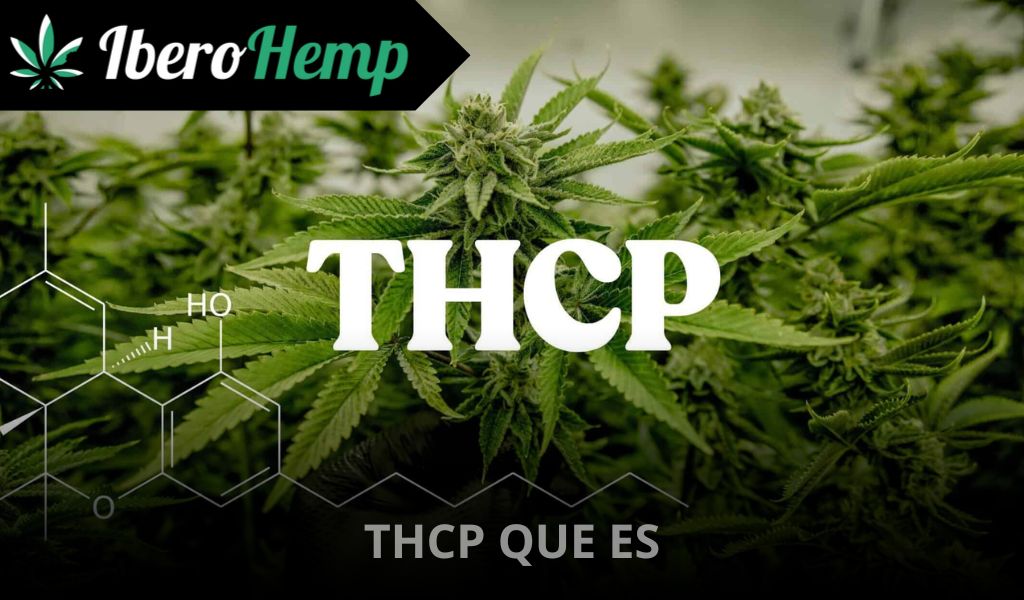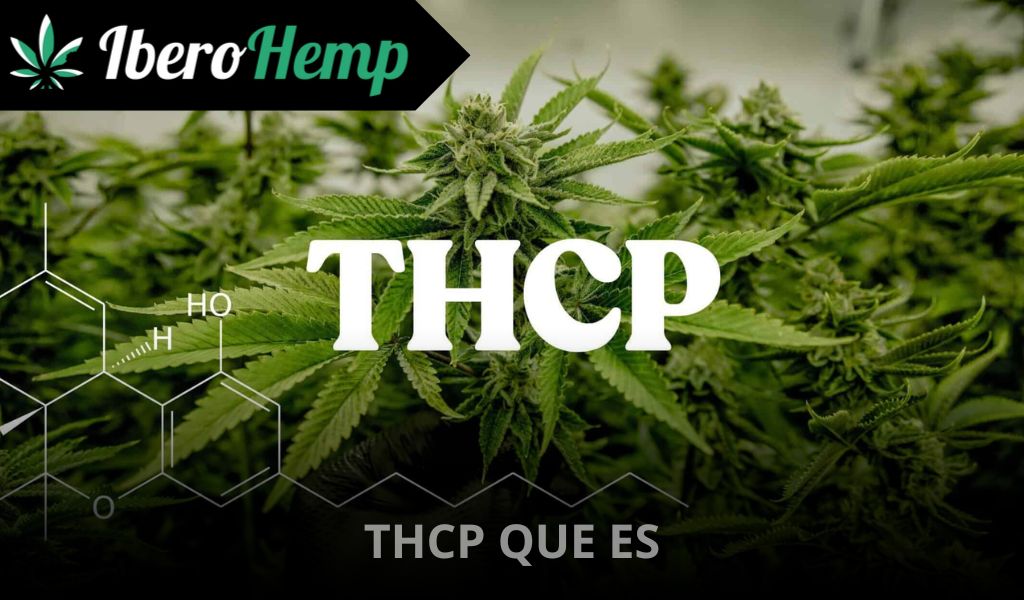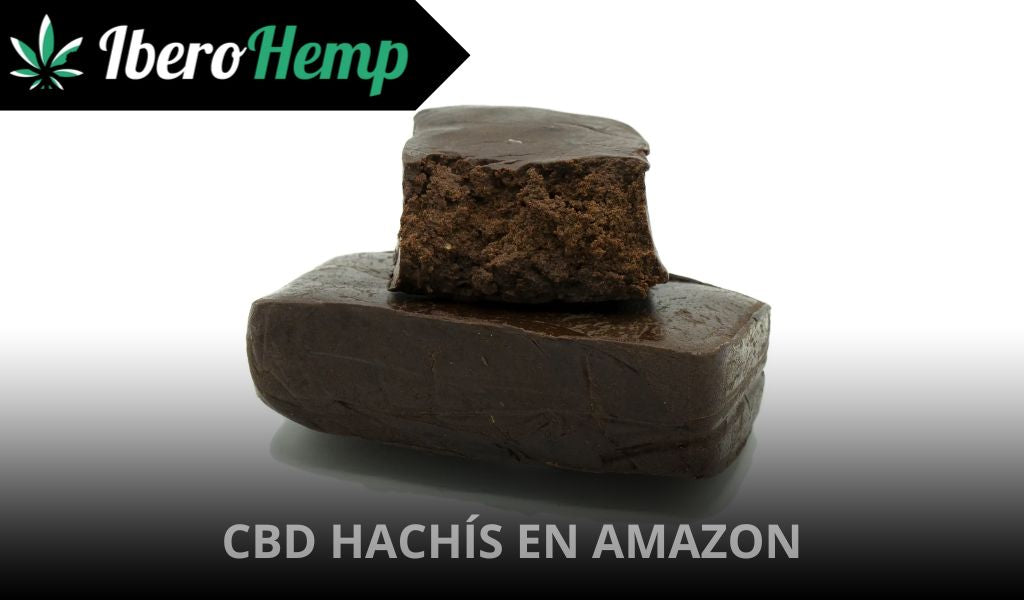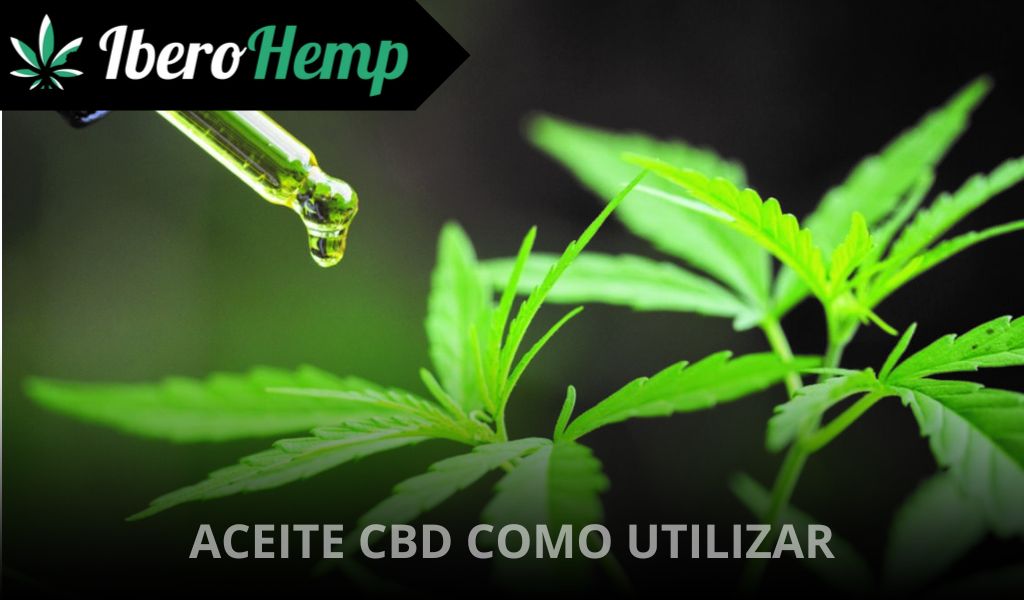THCP, a recently discovered cannabinoid, has captured the attention of the scientific community for its psychoactive effects and potential therapeutic applications. This compound, derived from cannabis, is similar to THC but much more potent. In this article, we'll take an in-depth look at what THCP is, how it was discovered, its differences with THC, and its potential uses—all aspects you should know before purchasing CBD .
What is THCP and how was it discovered?
THCP (Tetrahydrocannabiphorol) is a recently identified cannabinoid that shares structural similarities with THC, but with significantly greater potency. Discovered by a team of Italian researchers in 2019, THCP has a much higher affinity for the CB1 receptors of the endocannabinoid system, suggesting it may be up to 30 times more potent than regular THC.
History and discovery of THCP
The discovery of THCP was a major milestone in cannabis research. Italian scientists, led by Dr. Giuseppe Cannazza, identified THCP during a detailed analysis of a medicinal cannabis strain. Using advanced mass spectrometry and nuclear magnetic resonance techniques, they were able to isolate and characterize this unique cannabinoid. This discovery opened up new possibilities for understanding the effects of cannabis and its most potent components.
Molecular structure of THCP
The molecular structure of THCP is similar to that of THC, but with a longer side chain of seven carbon atoms, compared to the five found in THC. This structural difference is key to THCP's high affinity for CB1 receptors, which significantly increases its psychoactive potency. This structural peculiarity makes it a point of interest for both basic research and potential therapeutic applications.
Differences between THC and THCP
Although THCP and THC share many characteristics, there are key differences that distinguish them, particularly in terms of potency and effects. While both interact with the same receptors in the endocannabinoid system, THCP's efficacy is considerably greater.
Comparison between the chemical structures of THC and THCP
The main difference between THC and THCP lies in the length of the alkyl side chain. THC has a five-carbon chain, while THCP has seven, which increases its affinity for the CB1 cannabinoid receptor. This structural difference translates into greater potency, meaning that lower doses of THCP can produce effects comparable to or even superior to those of THC.
Why is THCP more potent than THC?
The increased potency of THCP is primarily due to its greater affinity for CB1 receptors, which are primarily distributed in the brain and central nervous system. This increased affinity facilitates more efficient receptor activation, amplifying the psychoactive and therapeutic effects. This could mean that, in the future, THCP could be used at lower doses in medical applications, potentially reducing the side effects associated with higher doses of THC.
Comparison of the effects of THCP and THC on the endocannabinoid system
THCP and THC act on the same receptors in the endocannabinoid system, but THCP does so with much greater efficacy. This means that, at the molecular level, THCP can activate these receptors more effectively, which could lead to more pronounced effects even at low doses. This characteristic makes it a potentially useful candidate in the medical field, provided its potency is properly understood and managed.
Therapeutic potential of THCP
Although research on THCP is still in its early stages, it is believed that it could have therapeutic applications similar to THC, but with the advantage of requiring lower doses due to its high potency.
Possible medicinal applications of THCP
THCP could be used in the future to treat conditions currently treated with THC, but with the advantage of greater efficacy and lower dosage. This could be especially beneficial for patients who require precise dosage control to avoid side effects.
Safety and side effects of THCP
As with any cannabinoid, it is crucial to understand the potential risks and side effects of THCP before considering it for widespread use.
Is THCP safe for human consumption?
Despite the potential benefits of THCP, its safety for human consumption still needs to be evaluated in more extensive clinical studies. Currently, the lack of regulation and the scarcity of comprehensive studies on its long-term impact limit its recommended use to controlled research only.
Precautions when using THCP
THCP should be used with caution, especially by those unfamiliar with the effects of more potent cannabinoids. It is recommended to start with low doses and gradually adjust, always under the supervision of a healthcare professional.
Ways of use and dosage of THCP
THCP can be used in a variety of ways, each with its own advantages and challenges. Choosing the right administration method and dosage are crucial to maximizing the desired effects while minimizing potential risks.
Methods of administering THCP
Common methods of administering THCP include inhalation, ingestion, and topical application. Inhalation, through vaporizers, offers rapid absorption into the body. This method is ideal for those seeking rapid relief from specific symptoms. Ingestion, either in capsule or edible form, provides a slower, more prolonged release of THCP's effects. Topical application, although less common, allows the use of THCP directly on the skin, providing localized effects without the psychoactive effects associated with inhalation or ingestion.
THCP Dosage Recommendations
Given the potency of THCP, it's essential to start with low doses and adjust according to individual response. Novice users should start with minimal doses, such as 1-2 milligrams, and gradually increase if necessary. Dosage may vary depending on the method of administration, the intended use, and personal tolerance.

Legality of THCP
The legality of THCP varies significantly in different regions and is subject to change as new research and regulations develop.
Current regulation of THCP in different countries
THCP is in a legal gray area in many countries, including those that permit the use of other cannabinoids such as CBD and THC. In some places, it is considered a controlled substance due to its structural similarity to THC. However, the lack of clinical studies and specific regulation complicates its legal classification in many jurisdictions. In Spain, for example, regulation is still unclear and depends largely on national policies regarding cannabinoids in general.
Legal status of THCP compared to other cannabinoids
Unlike CBD, which is legal in many countries as long as it contains low levels of THC, THCP is more closely aligned with THC in terms of regulation due to its potent psychoactive effects. This means that in many places, THCP could be subject to the same restrictions as THC, limiting its availability and use.
Research and development on THCP
The field of cannabinoids is constantly evolving, and THCP is an area of great interest for scientific research.
Scientific advances in the study of THCP
Studies on THCP are limited, but preliminary research suggests it may have a much stronger affinity for CB1 receptors in the endocannabinoid system compared to THC.
Future research on THCP
Future research on THCP will likely focus on exploring its therapeutic applications, as well as more clearly defining its safety profile. Given the growing interest in cannabinoids, larger clinical studies are likely, which could open new doors for their use in medicine and wellness. It is essential that this research be conducted with scientific rigor to lay the groundwork for appropriate and safe regulation.
Is THCP the future of cannabinoids?
The discovery of THCP has generated great excitement within the cannabinoid field, with many speculating that it could represent a new frontier in the use of these substances.
Summary of the main points about THCP
THCP is a promising cannabinoid noted for its high potency and its interaction with receptors in the endocannabinoid system. Although we are still in the early stages of fully understanding its benefits and risks, continued research could reveal significant applications. The legality of THCP remains a challenge, and its future will largely depend on how regulation surrounding cannabinoids in general evolves.
For those interested in exploring CBD products, you can purchase CBD oils or CBD flowers and discover the differences and similarities between the various cannabinoids available on the market.







Leave a comment
This site is protected by hCaptcha and the hCaptcha Privacy Policy and Terms of Service apply.